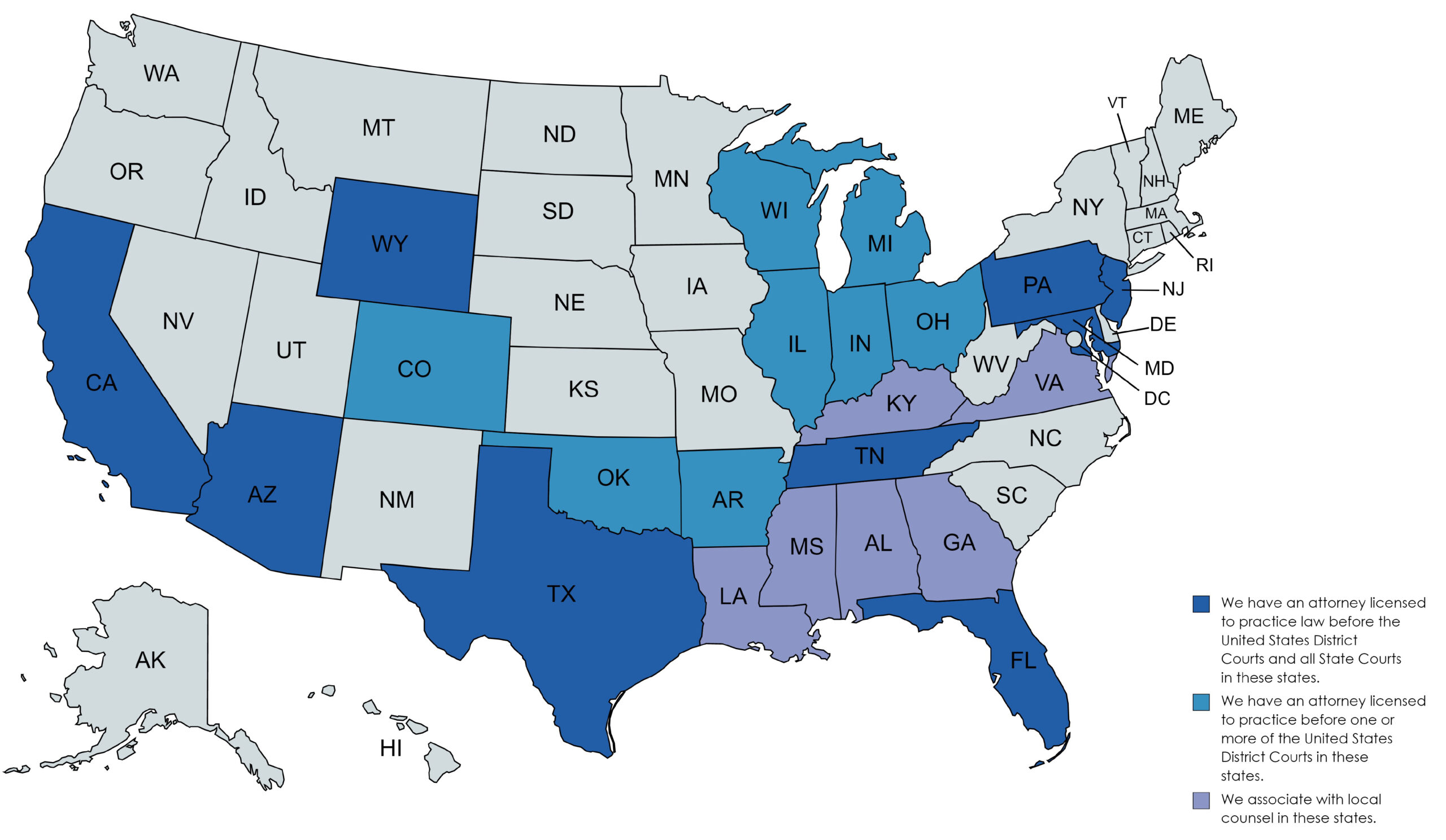Foreclosure – When Bankruptcy Won’t Work
Free Consultation Available
If you can’t afford a Chapter 13 plan but also don’t want to lose your home in a Chapter 7, you’re in a tricky middle ground — but there are several strategies that may help you protect your home outside of bankruptcy or through alternative bankruptcy approaches.
Here’s a detailed breakdown:
1. Explore Non-Bankruptcy Mortgage Relief Programs
A. Loan Modification
What it is: Negotiate with the mortgage servicer to change loan terms (lower interest rate, extend term, capitalize arrears).
Why it helps: Reduces monthly payment, brings loan current without a lump sum.
Pros: Keeps home; avoids bankruptcy.
Cons: Can take months; approval not guaranteed; may extend repayment term.
Tip: Apply through the lender’s loss mitigation department, preferably with help from a HUD-certified housing counselor.
B. Forbearance Agreement
What it is: Temporary reduction or suspension of mortgage payments.
Why it helps: Provides breathing room to stabilize finances or secure new income.
Pros: Immediate short-term relief.
Cons: Arrears must still be repaid; not a permanent fix.
C. State & Local Foreclosure Prevention Programs
Many states have programs that help homeowners in distress:
HEMAP (PA), ERMA (NJ), HAF Programs (in TX, FL, MD, etc.).
These may offer grants or deferred-payment loans to cover arrears and avoid foreclosure.
Tip: Even if the main state program is closed, some counties have ongoing emergency housing funds.
2. Consider a “Chapter 20” Bankruptcy
What it is: File Chapter 7 to wipe out unsecured debt, then later file Chapter 13 to focus on mortgage arrears.
Why it helps: Reduces debt load first, making a future Chapter 13 more affordable.
Pros: Can eventually get the benefits of both chapters; protects home once Chapter 13 starts.
Cons: Two filings; waiting period between discharges; legal complexity.
Tip: Requires a skilled bankruptcy attorney to time filings correctly.
3. Use Chapter 7 with Reaffirmation or “Ride-Through”
Reaffirmation Agreement: Legally recommits to the mortgage after discharge so you keep the home and continue payments.
Ride-Through (informal in some states): Keep making payments without reaffirming; lender may allow you to keep the home.
Risk: Missed payments post-bankruptcy could still result in foreclosure, and reaffirmation keeps you liable for the debt.
4. Seek Mortgage “Cramdown” Alternatives
While mortgage cramdowns aren’t allowed on a primary residence in Chapter 13, settlement or modification outside of bankruptcy can reduce principal if lender believes foreclosure risk is high and property value is low.
5. Use a Loan Assumption or Partial Equity Sale
Assumption: Transfer the mortgage to a family member or co-borrower who qualifies.
Partial Equity Sale: Sell a share of the home to an investor (e.g., shared equity programs) to pay arrears while keeping partial ownership.
Risk: Less control over property, but can prevent full loss.
6. Last-Resort Options to Buy Time
Sell the property voluntarily (pre-foreclosure sale) to preserve equity and avoid deficiency judgment.
Reverse mortgage (if 62+): Pays off existing mortgage, eliminates monthly payments, allows staying in home until you move or pass away.
Key Considerations for Choosing an Option
Equity: If there’s significant equity, lenders are more motivated to work with you.
Income Stability: Any option that restructures the loan will require proof of steady income.
Foreclosure Timeline: Early action gives you more options; once a foreclosure sale date is set, time is short.
State Laws: Redemption periods and homestead exemptions vary and can affect your leverage.
Suggested Action Plan
Immediately contact mortgage servicer to request loss mitigation.
Engage a HUD-certified housing counselor for free negotiation support.
Review state assistance programs—even closed ones may have successor funds.
Consult a bankruptcy attorney about Chapter 20 or strategic Chapter 7 with reaffirmation.
Evaluate home equity to see if investor partnership or partial sale could solve arrears.



